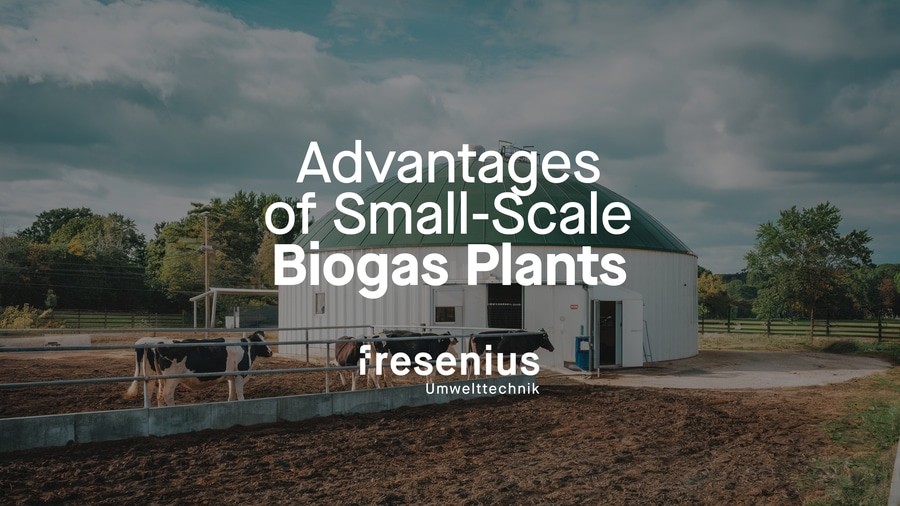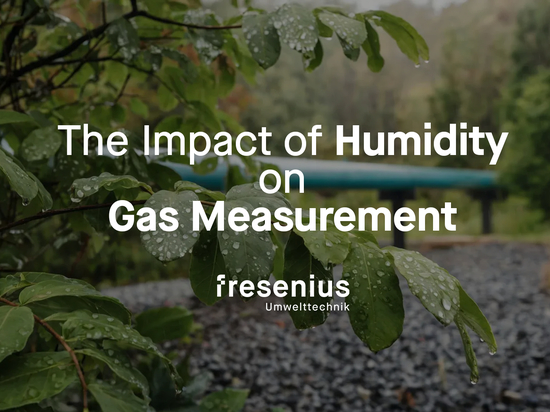
#White Papers
The Strategic Advantages of Small-Scale Biogas Plants
Key Benefits and Implementation Insights
Introduction
In an era marked by volatile energy markets, heightened environmental consciousness, and the push toward decentralized energy systems, small-scale biogas plants are emerging as a transformative solution. These systems enable the conversion of organic waste into renewable energy and valuable byproducts, aligning with circular economy principles. This article explores the rationale for investing in compact biogas infrastructure and outlines critical success factors for sustainable operation.
Why Invest in a Small-Scale Biogas Plant?
1. Decentralized Energy Generation and Cost Efficiency
Small biogas plants empower localized energy production, reducing dependence on fossil fuels and insulating operators from price fluctuations. On-site electricity and heat generation enhance energy autonomy for farms, SMEs, and households.
Example: A dairy farm utilizing manure and crop residues can power equipment and provide heating for facilities, slashing external energy procurement.
2. Sustainable Waste Valorization
These plants transform organic waste streams—such as manure, agricultural residues, and food waste—into biogas and nutrient-rich digestate. This process diverts waste from landfills, curtails disposal costs, and yields a premium organic fertilizer.
3. Climate Mitigation and Emissions Reduction
By capturing methane—a potent greenhouse gas—during anaerobic digestion, biogas plants mitigate uncontrolled emissions from organic decomposition. Simultaneously, displacing fossil fuels with biogas reduces CO₂ footprints, directly supporting decarbonization targets.
4. Modular Design and Scalability
Compact systems offer modular configurations, allowing customization to specific feedstock availability and energy demands. Initial investments are manageable, with potential for phased expansion as needs evolve.
5. Policy Incentives and Financial Support
Governments worldwide incentivize small-scale biogas adoption through grants, feed-in tariffs, and tax benefits, accelerating return on investment (ROI) and improving project viability.
Critical Success Factors for Implementation
1. Site Selection and Feedstock Availability
Proximity to organic waste sources (e.g., farms, food processors) minimizes transport logistics and costs. Conduct a feedstock audit to evaluate volume, composition, and seasonal variability for optimal plant sizing.
Common Feedstocks: Manure, crop silage, food waste, municipal green waste.
2. Regulatory Compliance and Permitting
Navigate legal frameworks early, including environmental impact assessments, zoning laws, and grid-injection regulations. Compliance with safety standards (e.g., gas handling, digestate storage) is non-negotiable.
3. Technology Optimization
Digester Configuration: Select batch or continuous systems based on feedstock type and throughput.
Gas Purification: Integrate desulfurization and moisture removal for efficient CHP or grid injection.
Thermal Integration: Recover waste heat for onsite use (e.g., heating, drying processes) to boost overall efficiency (>80%).
4. Financial Planning and Revenue Streams
Capital Expenditure (CAPEX): Budget for digester tanks, gas storage, and CHP units.
Operational Costs: Include feedstock procurement, maintenance, and labor.
Revenue Models: Leverage energy sales, digestate monetization, and waste processing fees. Explore green certificates or carbon credits for added income.
5. Operational Excellence and Maintenance
Implement rigorous monitoring protocols:
Gas Quality: Track methane content (ideally 50–60%) and contaminants.
Digester Health: Maintain pH (6.5–8.5) and temperature (mesophilic: 35–40°C; thermophilic: 50–60°C) to optimize microbial activity.
Preventive Maintenance: Schedule inspections of pumps, valves, and gas pipelines to prevent downtime.
6. Capacity Building and Expertise
Invest in operator training for biological process management, system troubleshooting, and safety protocols. Collaborate with engineering firms or research institutions for technical support.
Case Studies: Real-World Applications
1. Agricultural Cooperative in Bavaria, Germany
A 50-cow dairy farm implemented a 75 kW biogas plant using manure and maize silage. The system meets 100% of the farm’s energy needs, with surplus electricity fed into the grid. Digestate application reduced synthetic fertilizer use by 30%, enhancing soil health.
2. Community-Led Initiative in Vermont, USA
A rural town developed a 200 kW plant processing municipal food waste and sewage sludge. The CHP unit powers a school and municipal buildings, while digestate is repurposed for public park landscaping.
Conclusion
Small-scale biogas plants represent a strategic convergence of energy resilience, waste management, and climate action. Their modularity, coupled with supportive policies and advancing technology, makes them adaptable to diverse contexts—from farms to urban centers. Success hinges on meticulous planning, from feedstock logistics to financial modeling, ensuring both ecological and economic returns. By prioritizing these systems, stakeholders can drive the transition to a low-carbon future while fostering local circular economies.





